- Home
- slideshows
- miscellaneous
- Photos of the abandoned Fukushima exclusion zone show wild animals thriving, despite lingering radiation
Photos of the abandoned Fukushima exclusion zone show wild animals thriving, despite lingering radiation
The Fukushima disaster is considered the world's second-worst nuclear accident, behind Chernobyl.

Some of the evacuation orders have been lifted, but only about 5% of the original population has chosen to return.

In early 2019, Japanese authorities determined that radiation levels in parts of Ōkuma (a town that had about 10,000 residents at the time of the Fukushima disaster) were low enough for people to return.
The government has also partially lifted the evacuation orders in Namie, allowing around 21,000 former residents to reoccupy certain areas of the town if they want to. But only about 1,000 people have moved back.
Some former residents remain skeptical about safety, while others find it too painful to live among the demolished homes and empty school buildings.
A team of researchers from Fukushima University and the University of Georgia divided the current evacuation zone into three parts.
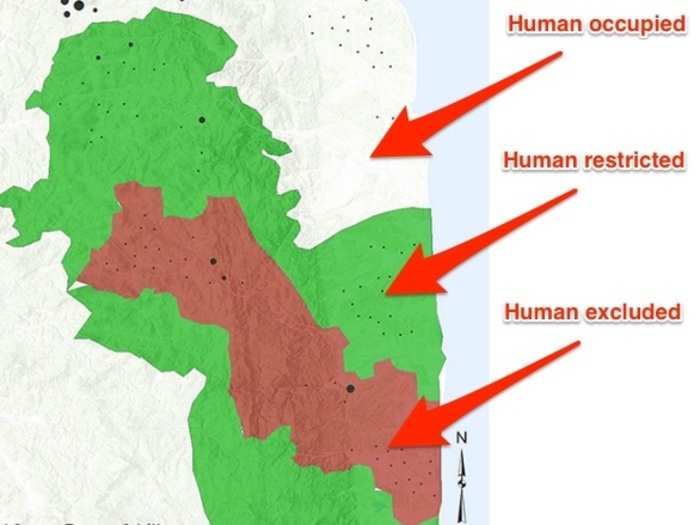
On the map above, beige represents areas that were not evacuated and are currently occupied. Radiation there never surpassed normal background levels.
Green represents areas in which people were evacuated but allowed to return starting in 2016, after remediation efforts were complete.
Red indicates zones the Japanese government has labeled as "difficult-to-return." Radiation levels measured there have been high enough to cause skin cancer, so humans are unlikely to be allowed back for several more years.
The researchers used that information to study how wild animals are faring in Fukushima.
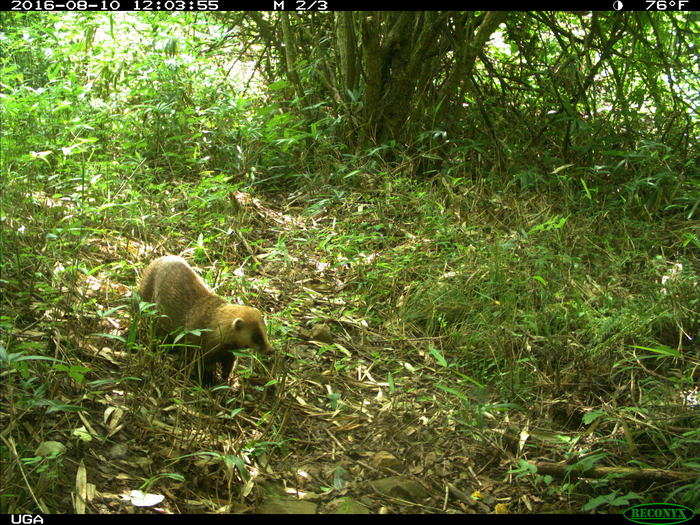
They snapped more than 267,000 photos of wildlife there, using cameras stationed at 106 locations.
For the most part, the animals stuck to their normal behaviors.
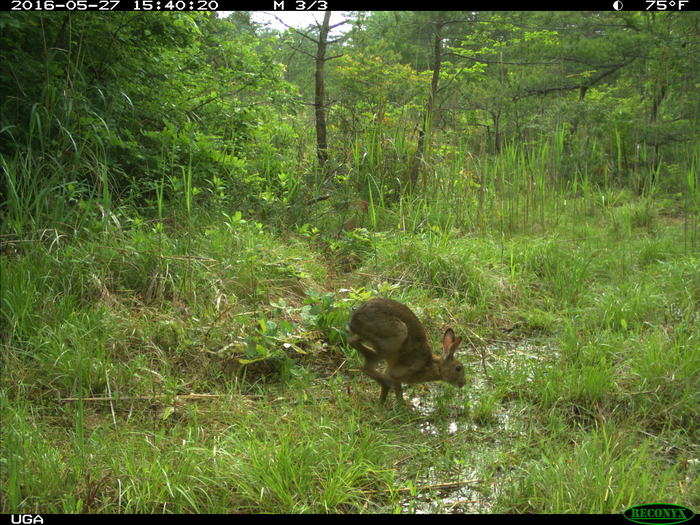
Nocturnal raccoons were active at night, for example, while diurnal pheasants were active during the day.
The analysis showed that wild boars were three to four times more likely to be found in the deserted zone than in the areas occupied by humans.
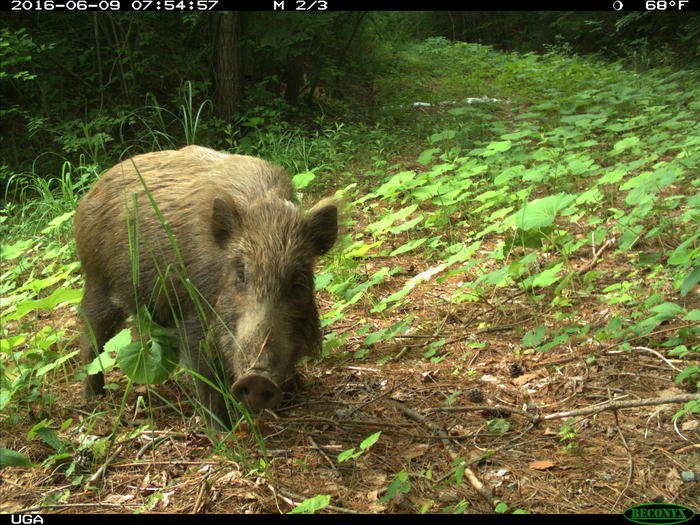
The boars were spotted more than 46,000 times, making them the most abundant species observed in the disaster region. More than half of the sightings took place in the "difficult-to-return" zone where humans aren't allowed.
In Fukushima's abandoned towns, wile boars roam the streets, forage for food, and tear apart dilapidated homes. They seem to have multiplied fast since humans left, the researchers wrote. (Wild boars have one of the highest reproductive rates of all large mammals.)
Some residents of the occupied zones hunt the boars to restrict their population growth. They've also reported that the boars no longer seem scared of humans.
"They stare squarely at us as if saying, 'What in the world are you doing?'" Shoichiro Sakamoto, a resident of the town Tomioka, told Reuters. "It's like our town has fallen under wild boars' control."
Japanese serow — goat-like mammals with long legs like antelope — seem to prefer the inhabited zone.
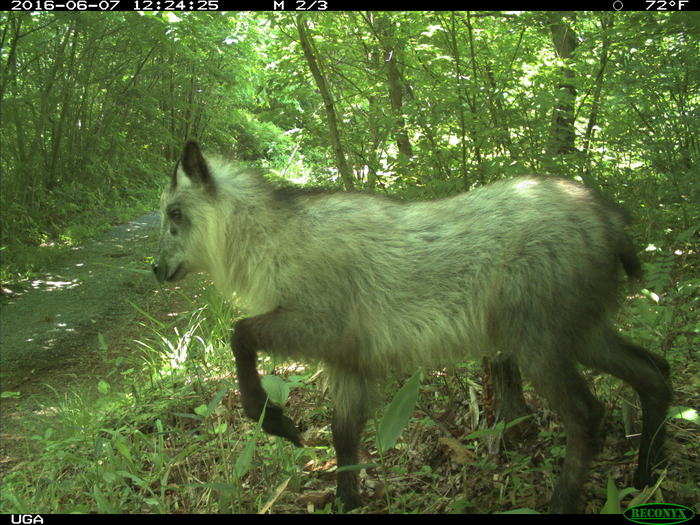
The animals typically avoid areas with lots of humans, but the researchers suspect that the serow are steering clear of the wild boar.
Another possible explanation is that the serow had trouble surviving in the abandoned zones, where radiation is higher.
Japanese macaques (snow monkeys) preferred the restricted zones.
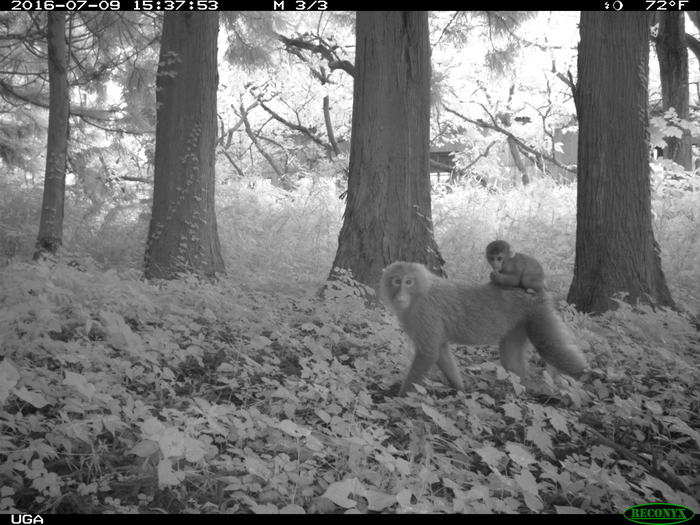
Red foxes, by contrast, were somewhat evenly distributed across all three zones.
The researchers didn't test the animals for radiation, but they think many received significant doses based on where they were spotted.
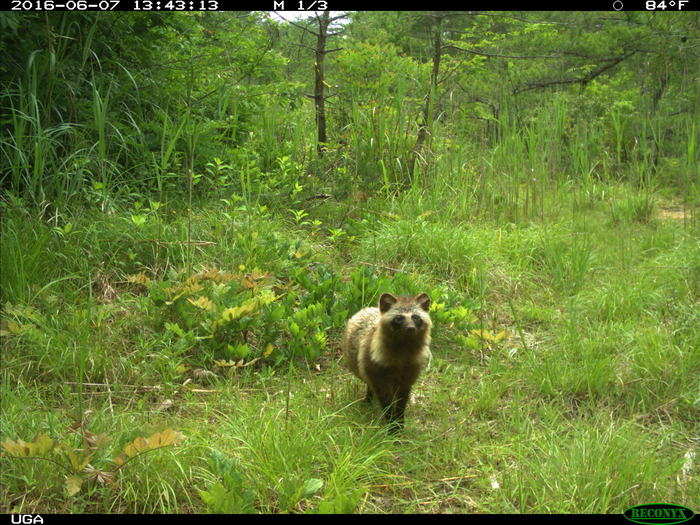
Research has shown that radiation from the Fukushima disaster contributed to DNA damage in earthworms, barn swallows, mice, and wild boar. Scientists also think radioactive contaminants may be interfering with the reproduction of goshawks, a type of raptor.
But in general, animal populations appear to be growing.
A similar situation has arisen in Chernobyl, where scientists believe a lack of humans has given rise to a diverse wildlife community.
Popular Right Now
Advertisement